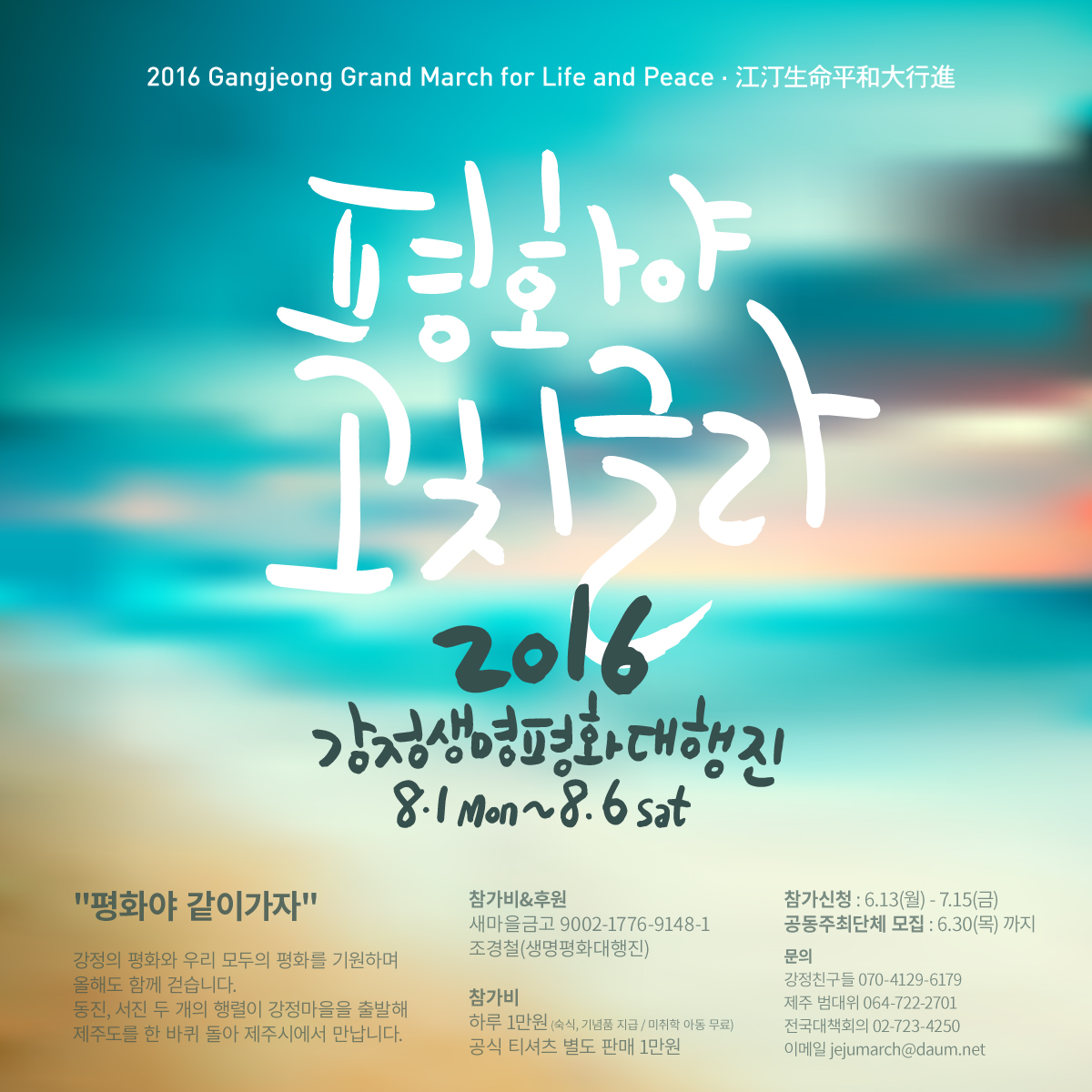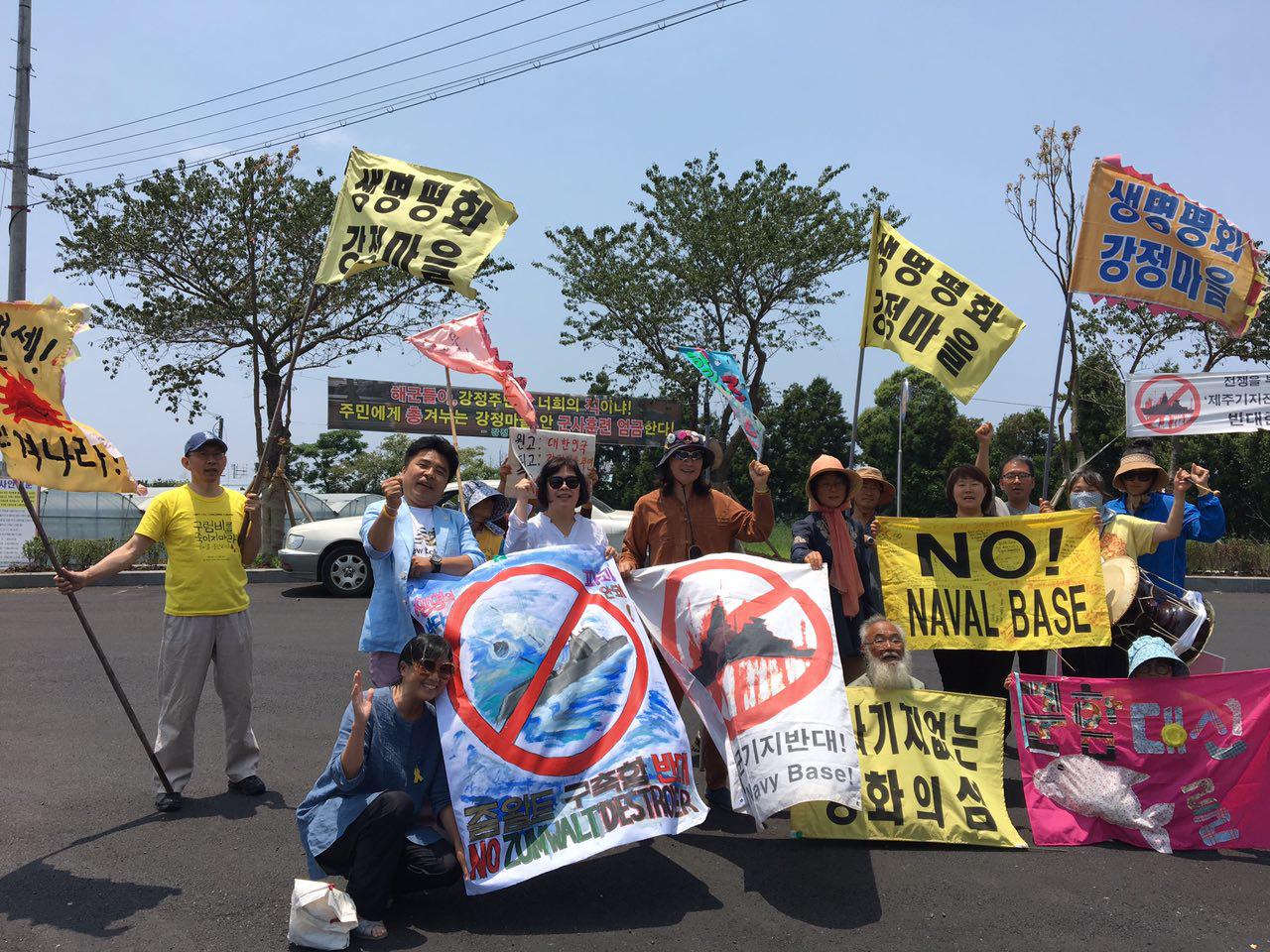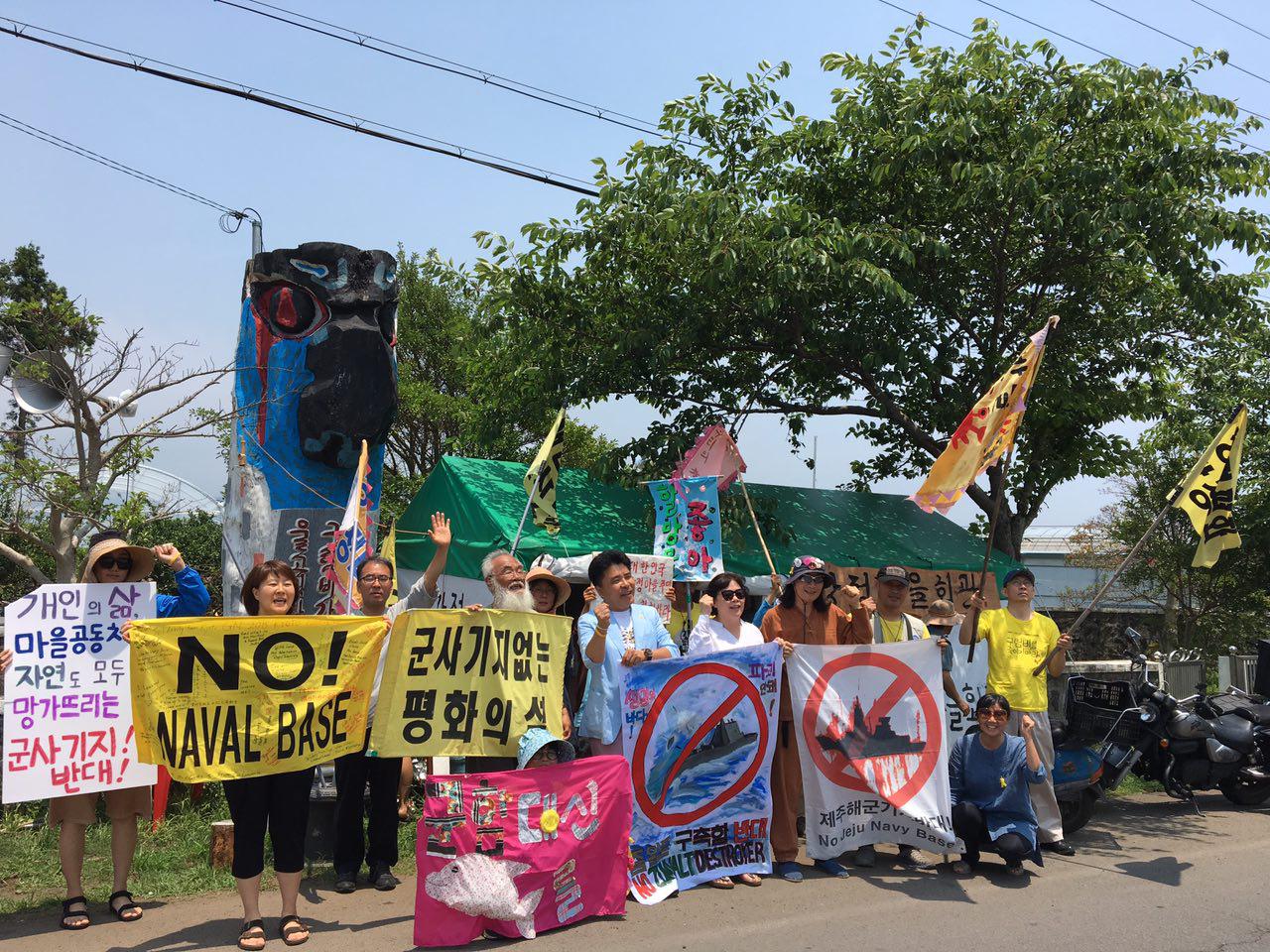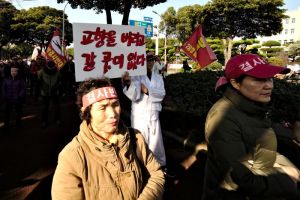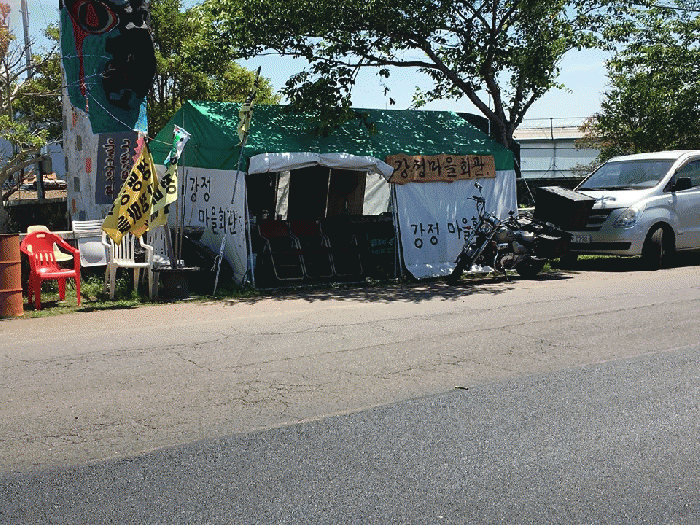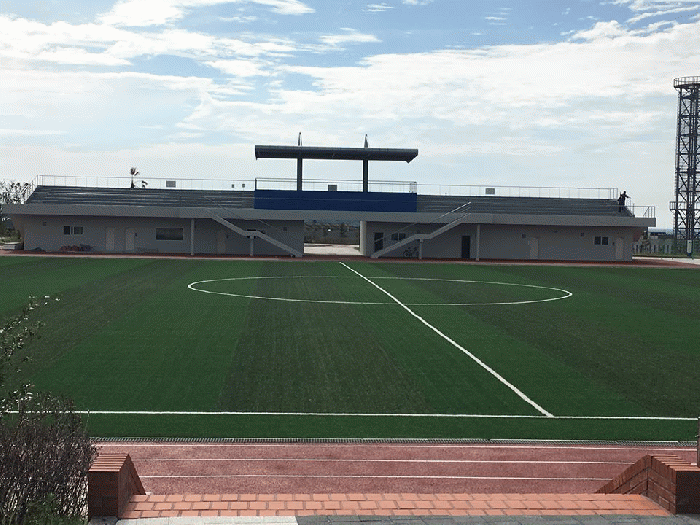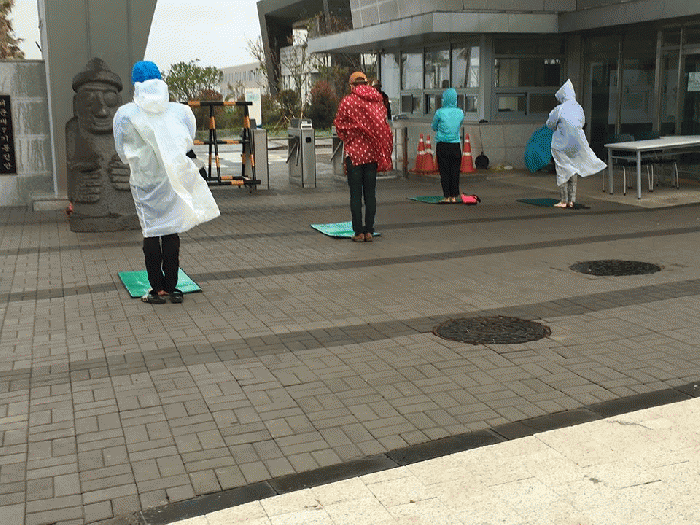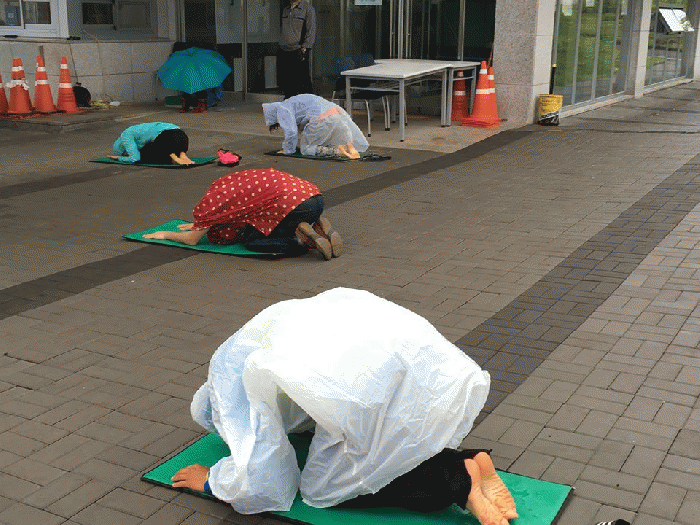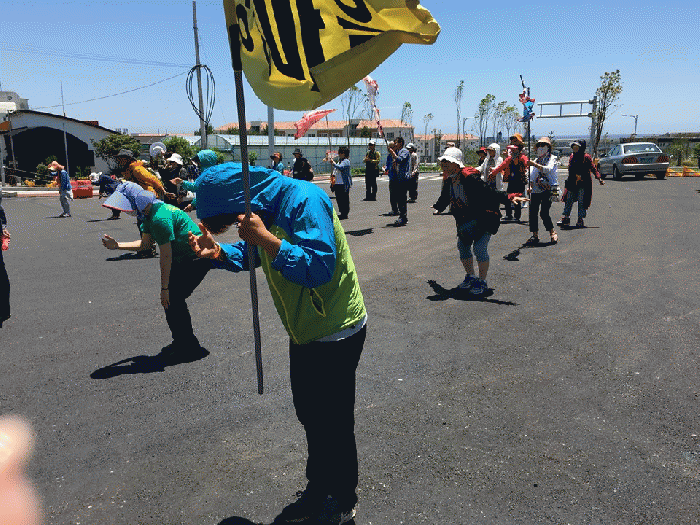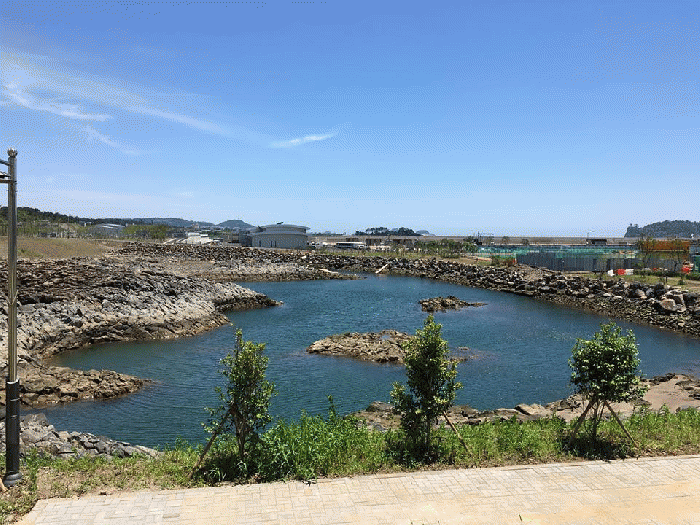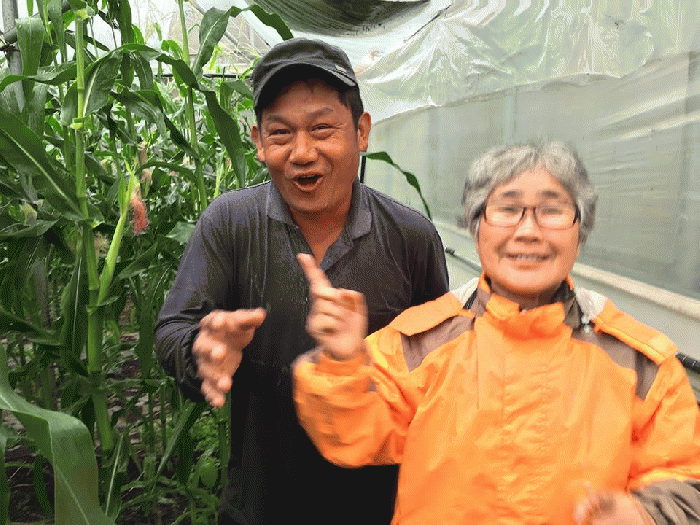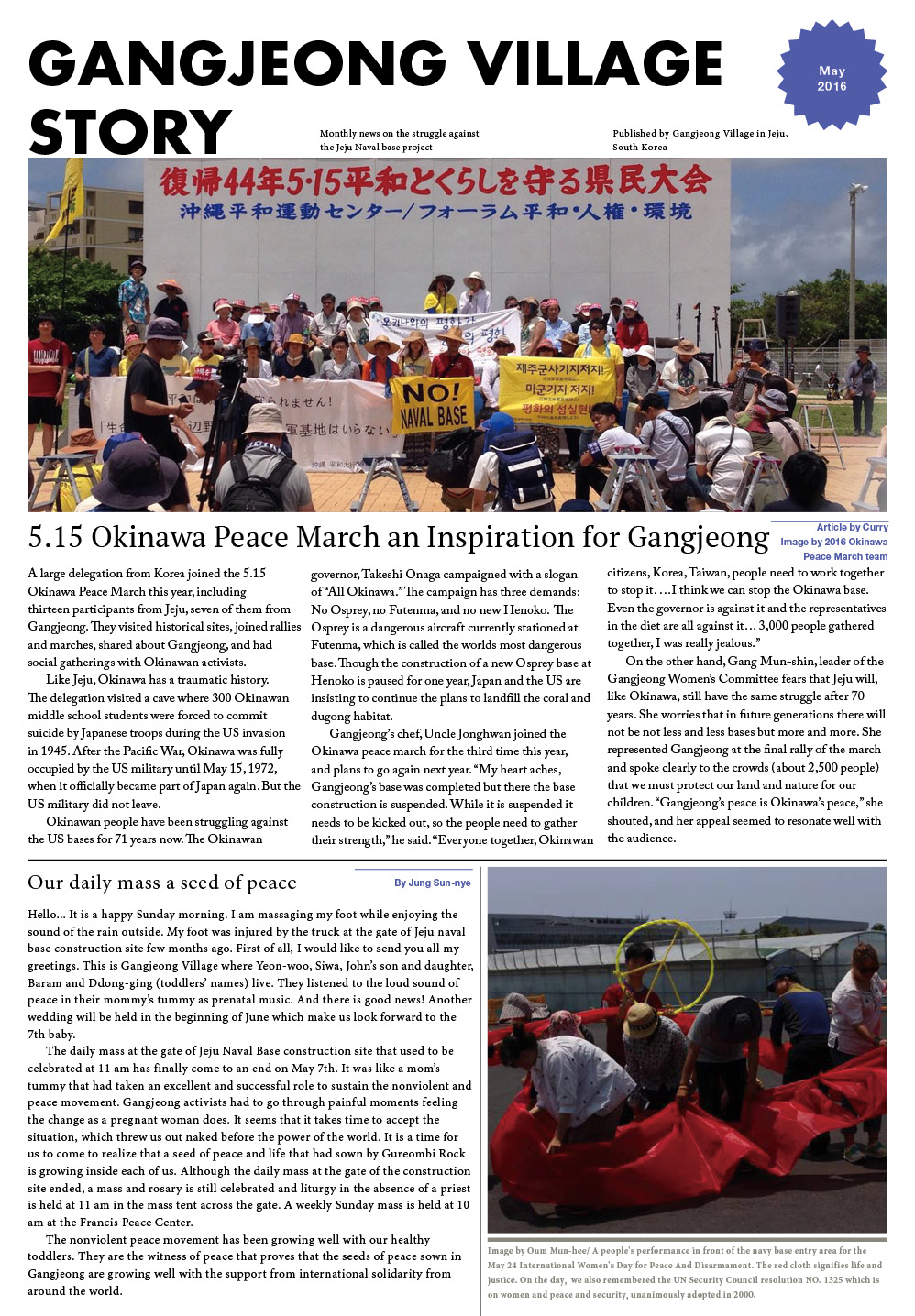Re-blogged from Hankyoreh, June 29, 2016, titled, [News analysis] What’s the real reason the Sewol left port that night?
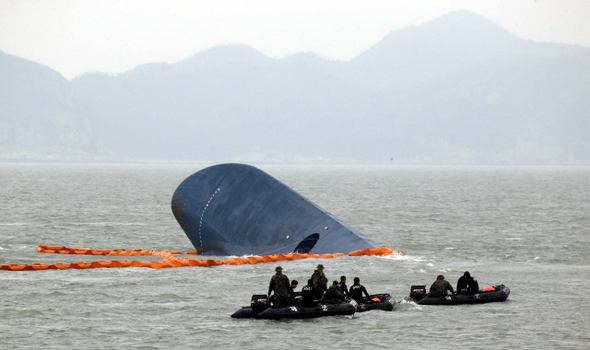
Investigation shows the ferry was overloaded with iron bars meant for Jeju naval base, and may have left to keep the construction schedule
It has been officially confirmed that the Sewol ferry was carrying 410 tons of iron bars meant for construction at the time of the sinking. The government acknowledged that 278 tons of these iron bars were bound for the construction of the naval base on Jeju Island.
But instead of closing the case, the government’s confirmation is only stirring up more suspicions. If the investigative period of the Special Sewol Investigative Commission comes to an end on June 30 as the government intends, we will be even further away from learning the truth about the tragedy two years ago that claimed the lives of 304 people, nine of whose bodies have never been recovered.
The real reason the ferry was overloaded: how many iron bars were bound for the Jeju naval base?
The causes of the sinking of the Sewol as ruled by the Supreme Court were that the ferry was overloaded with cargo, that the cargo had not been fastened down securely enough, and that the ferry had undergone structural changes. In connection with overloading, which is one of these causes, the revelation that the Sewol was carrying a large amount of iron bars intended for use in constructing the Jeju naval base is raising new questions.
“The results of our exhaustive investigation is that the Sewol was carrying a total of 2,215 tons of cargo at the time of the tragedy even though the maximum amount of cargo it was authorized to carry was 987 tons, which means it was overloaded by 1,228 tons,” the commission said on June 27. The commission learned that iron bars accounted for 410 tons of this cargo and that a portion of these iron bars were supposed to be transported to the naval base on Jeju Island.
On Tuesday, Hwang Ju-hong, a lawmaker with the People’s Party, also quoted a document from the Ministry of Oceans and Fisheries stating that there were 426 tons of iron bars on the Sewol Ferry and that 278 of them were bound for the naval base. This information was gleaned from the list of compensation money paid in connection with the Sewol.
The reason that this figure of iron bars is 16 tons higher than the commission’s findings is because it includes not only iron bars that were loaded as a separate item but also iron bars belonging to Jeju Seondeok Shipping that were carried by vehicles inside the ferry.
“The 54 tons of H-beams should be added to the 278 tons [that the government acknowledged] in order to find out how much of the cargo on the Sewol was bound for the naval base,” the commission said.
The figures revealed on Tuesday only concern what was loaded on the Sewol ferry on the day of the accident. Further investigation is needed to determine with what regularity the ferry was overloaded with iron bars and other building materials bound for the naval base prior to the accident and how much of an effect overloading the ferry with iron bars had on the accident.
The government’s responsibility: why did the prosecutors fail to uncover this?
When the joint investigation by the police and public prosecutors announced the findings of its investigation into the Sewol sinking in Oct. 2014, it said that the ferry had been carrying a total of 2,142 tons of cargo. The investigation data that was submitted to the commission indicated that the iron bars had weighed 286 tons. This figure omits 124 tons from the 410 tons of iron bars that the commission announced.
“We conducted an exhaustive investigation ourselves and even confirmed the location of the vehicles using footage from security cameras. Our estimate was conservative, but we included everything that could be verified,” the prosecutors said on June 28.
But now that the government claims that there were no iron bars bound for the naval base on the Sewol have been disproven, the prosecutors’ investigation is wide open to accusations of shoddiness.
“We didn’t deny it. The army’s position was that it could not confirm it,” explained an official with the Defense Ministry.
The Ministry of Oceans and Fisheries also says that it had been aware of this fact. “We learned that the 278 tons of iron bars were supposed to be delivered to the Jeju naval base after we saw a news report in April and checked the Sewol compensation records,” a ministry official said.
The Ministry is claiming that it only recently learned of this fact, but this is effectively an acknowledgement that it had documents in its possession with which it could have determined the amount of iron bars on the Sewol. When the commission asked the Ministry in April to submit a variety of documents needed for it to investigate the amount of cargo on board the Sewol – including the compensation list, the cargo manifest and the shipping instructions – the Ministry did not submit any of it.
This was why the commission had to investigate each of the individual cargo owners in order to determine the amount of the cargo, a commission spokesperson said.
An imprudent departure: why did the Sewol set out on its own?
Around 9 pm on Apr. 15, 2014, the Sewol ferry departed Incheon Harbor on its own, while poor weather compelled other ships to remain in port. Following the disclosure of the iron bars that were intended for the Jeju naval base, allegations are being raised that the ship put to sea rashly in order to meet the construction schedule for the base.
Significantly, suspicions that have been raised over the past two years about a “special relationship” between the Sewol and South Korea‘s National Intelligence Service (NIS) continue to smolder. Employees from Chonghaejin Marine spoke on the phone with the NIS on the day of the Sewol accident and the next day; the Sewol was the only ship among 17 coastal ferries in the 1,000-ton class or above that was supposed to report to the NIS at the time of the accident; and the name of an NIS agent surnamed Seo appears on a document prepared by Chonghaejin Marine when the Sewol ferry was bought from Japan in 2012.
These facts point to the need for an investigation into whether the NIS was connected to the construction of the naval base at Gangjeong Village on Jeju Island, which was fiercely opposed by demonstrators, and whether the NIS gave orders for the ferry to be rashly overloaded in order to keep the base’s construction on schedule.
Determining why and by whom the ferry was overloaded is important because overloading affects a ship’s stability.
“If there’s a lot of cargo, it’s very likely to reduce the ship’s stability. When we ran a simulation of the ferry’s course using the amount of cargo that turned up in the police and prosecutors’ investigation, it did not match the ferry‘s actual wake. The figures would only work with a lower stability, and I thought that we would have to check the amount of cargo when the Sewol was raised,” said Lim Nam-gyun, a professor at Mokpo National Maritime University.
“This shows that even the government is not free of responsibility for overloading the Sewol, which is considered to be a primary cause of the ferry’s capsizing,” said Rep. Hwang Ju-yong on the fact that the Sewol was carrying iron bars intended for the naval base. “We need to ensure that the Sewol Commission has enough time to conduct its investigation so that it can inspect the hull of the ship to determine the cause of the capsizing.”
The commission, which has received notification from the Ministry of Oceans and Fisheries that its investigative mandate will end on June 30, said that it was planning to submit a petition to the National Assembly on Wednesday to request the appointment of a special prosecutor.
By Kim Mi-young, Kim Jin-cheol and Choi Hyun-june, staff reporters
Please direct questions or comments to [english@hani.co.kr]


